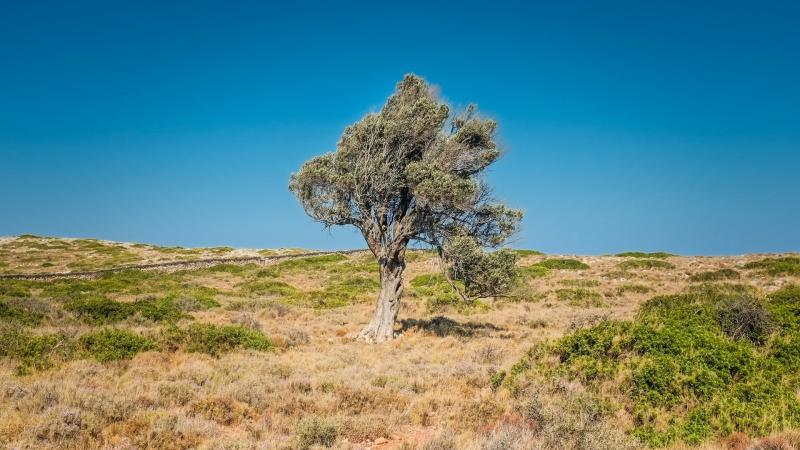
Come summer, and we all struggle with availability of fresh and safe water. Have you ever wondered what can be done to conserve enough water when it rains, so that we don’t have to suffer from water scarcity in the summers? India is the largest groundwater user with unchecked groundwater consumption by farmers, industries, urban and rural citizens alike. While the country supports 18% of the world’s population, it has only around 4% of the freshwater resources. The semi-arid Aravalli hills region is experiencing rapid and unchecked urbanization due to the pressures of the growing National Capital Region (NCR) of Delhi. Increased water consumption as well as encroachment of water bodies and natural flow channels in the region have severely impacted the groundwater as well as surface water.
One of the biggest challenges in watershed conservation is the lack of data for planning interventions. Scientists from Indian Agricultural Research Institute, New Delhi and Satyabhama University, Chennai have developed a methodology to calculate run offs of ungauged watersheds using Remote Sensing imagery and Geographical Information Systems for Manesar watershed around Gurgaon. Among the methodologies available for the estimation of the surface run-off, the USDA SCS-CN (Soil Conservation System-Curve Number Method, approved by the US Department of Agriculture) and GIS-based methods are the most widely used.
The new methodology combined the USDA SCS-CN and RS-GIS methods. It involved the integration of land use-land cover maps with the Hydrology Soil Group maps, and the study of 14 year rainfall data (2002-15) to calculate the surface run-off coefficient. The hydrological behaviour of the watershed was then modelled using GIS and SCS-CN method. The study established the average annual surface runoff in the region to be approximately 0.21 m with an annual runoff coefficient of 0.29, based on an annual rainfall of 720 mm.
This methodology would be hugely useful for identifying surface run-offs for similar dry areas without gauges, where there is an urgent need to monitor and plan for watershed management and conservation measures. The data obtained would act as an important input for land use planning and watershed conservation policy in the country.





